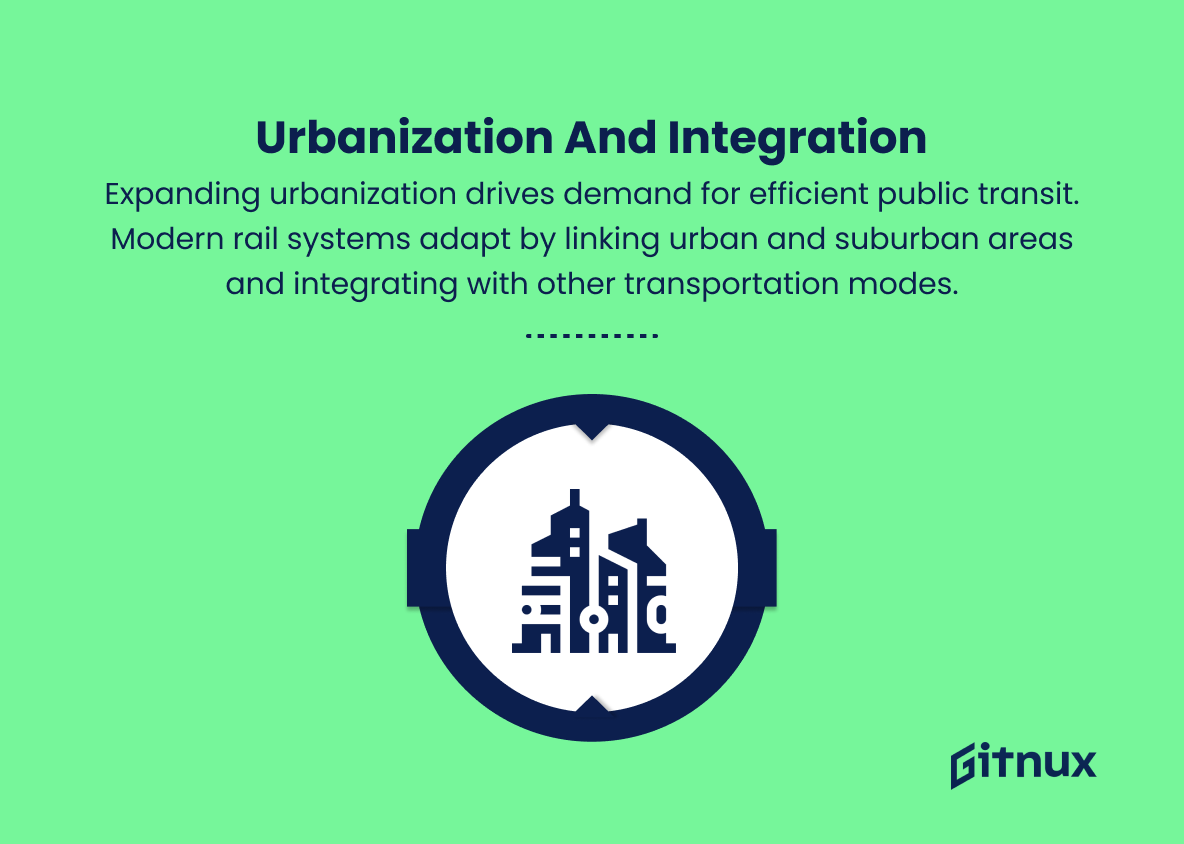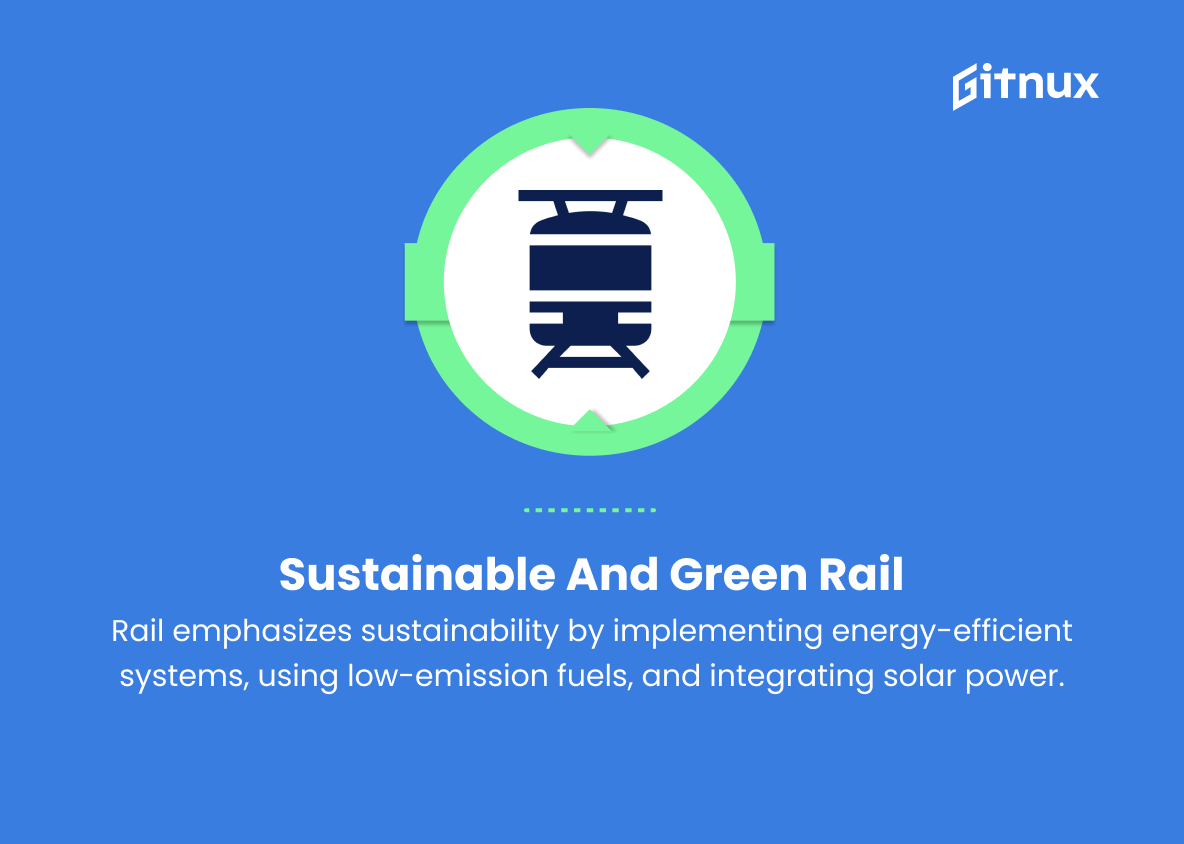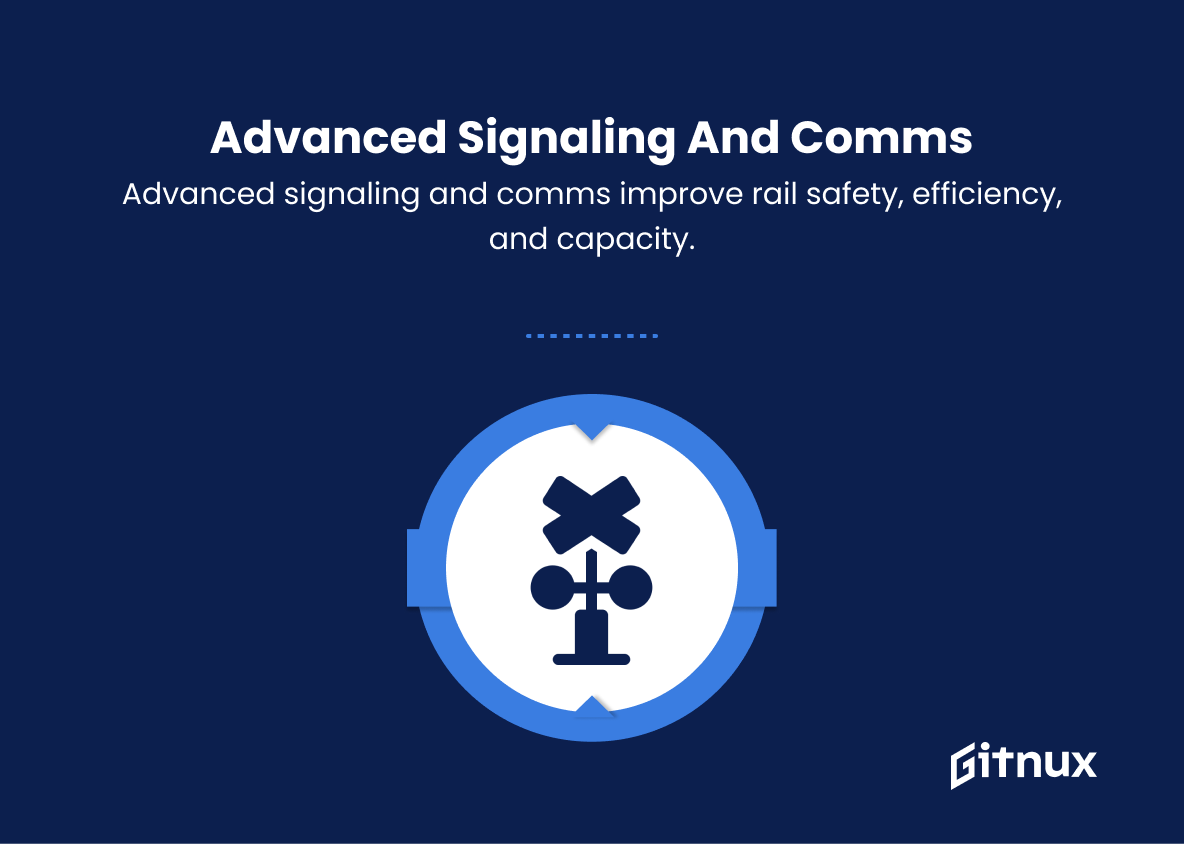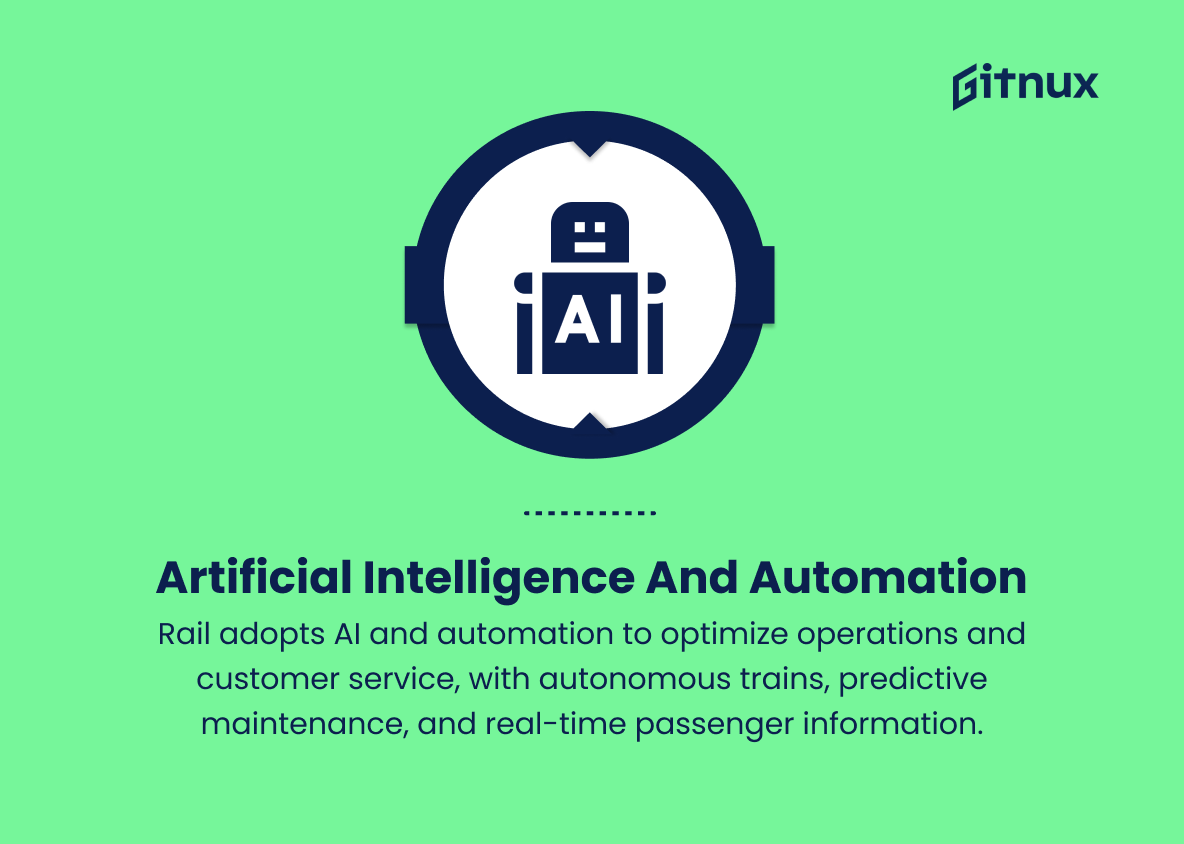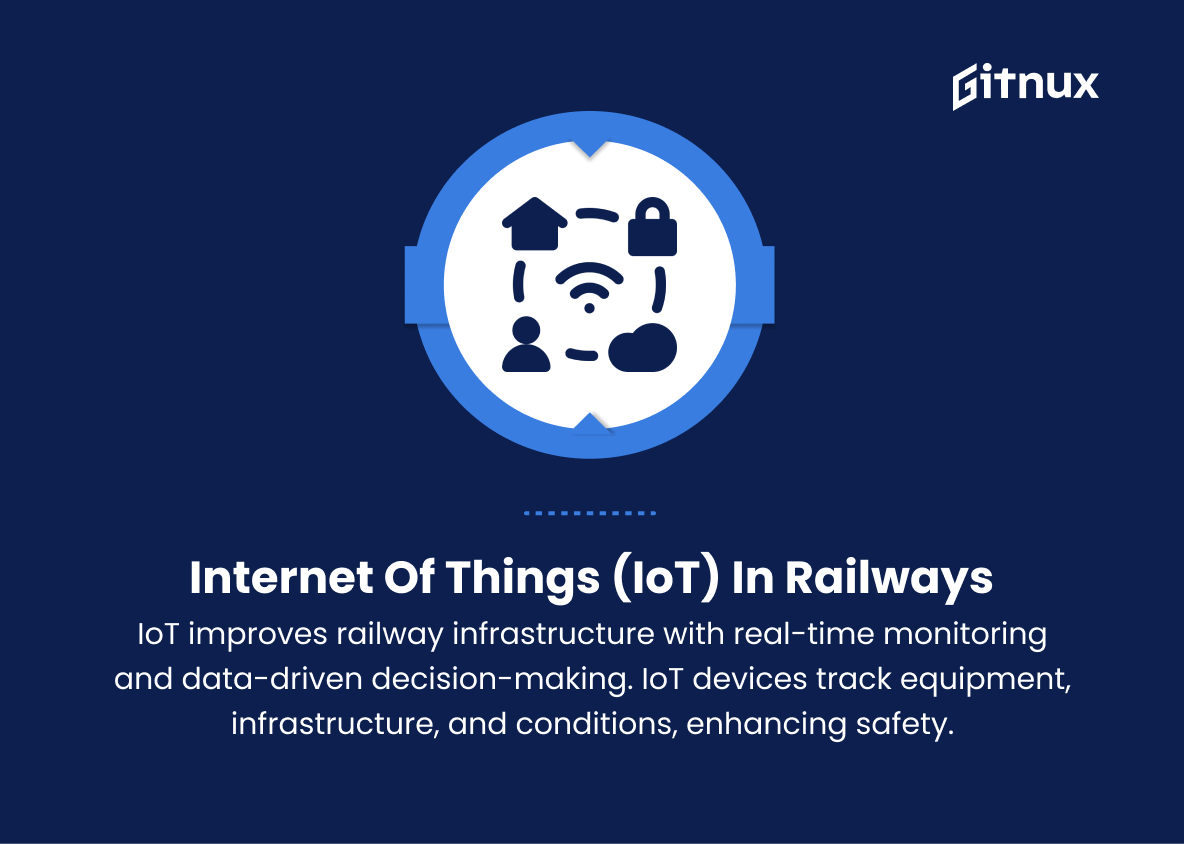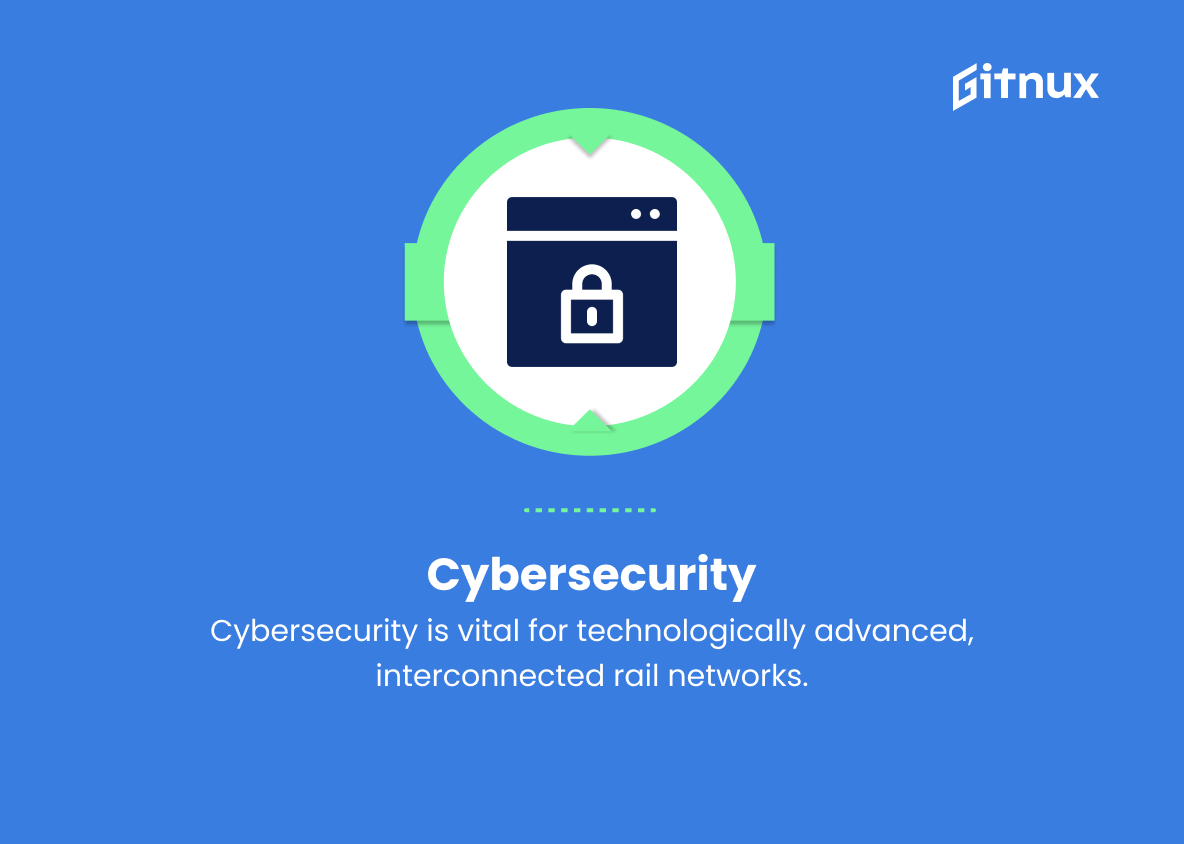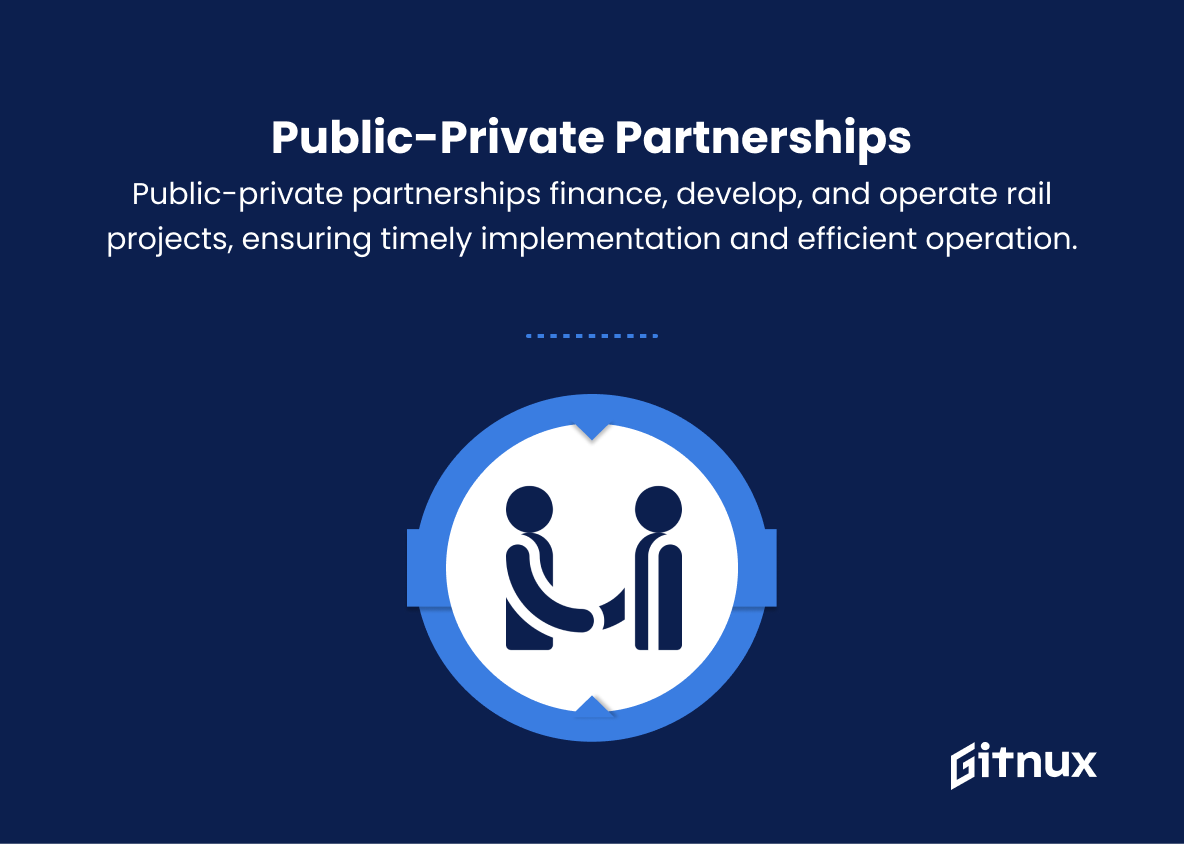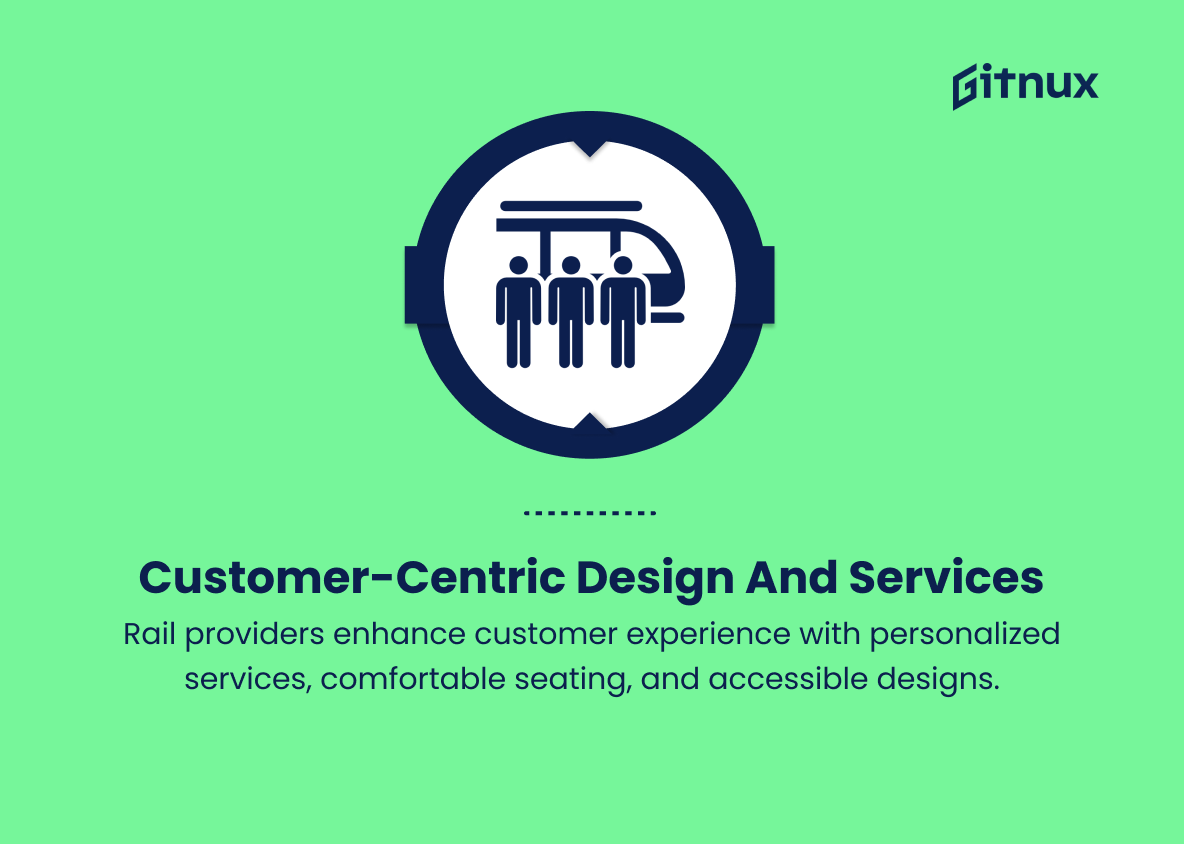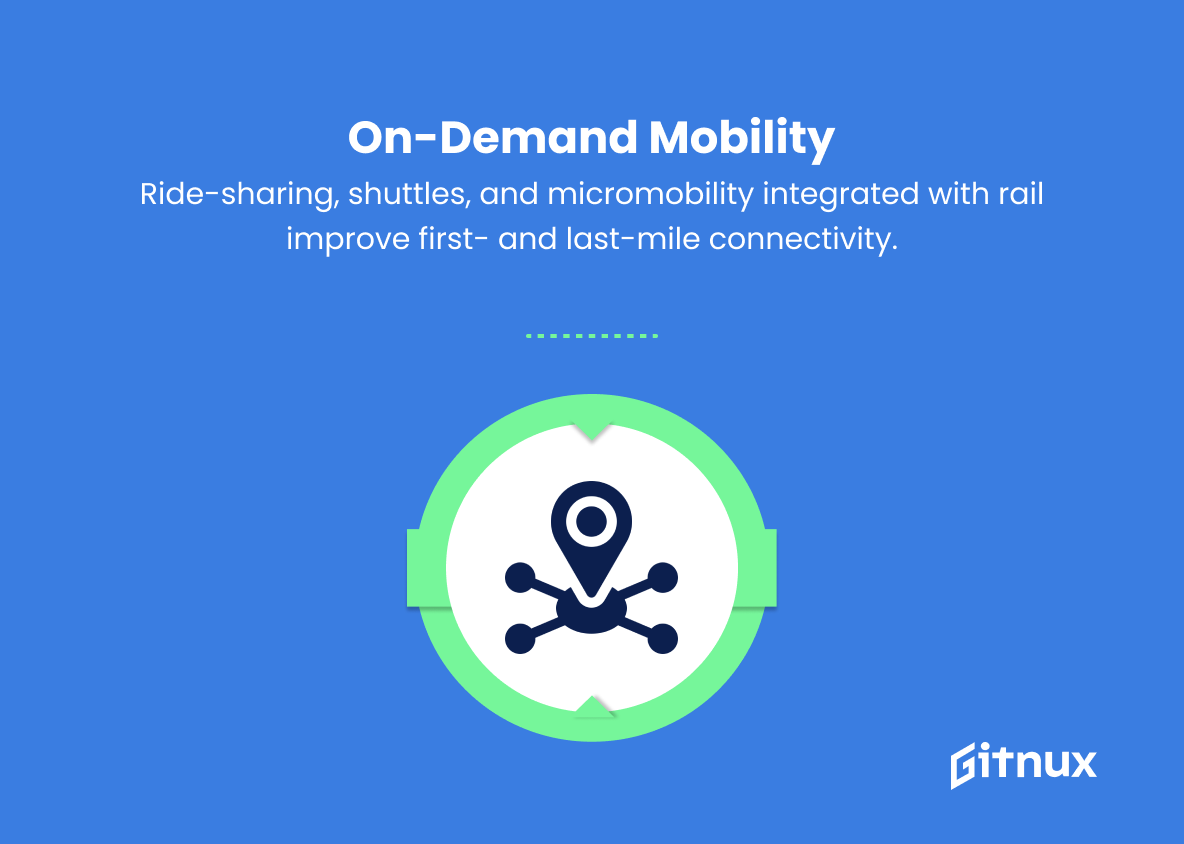As the global landscape continues to evolve, major shifts in the rail industry are gaining traction and transforming how we perceive and utilize railways. Driven by the integration of innovative technologies, pressing environmental concerns, and emerging market forces, the rail industry is undergoing a metamorphosis that’s not only changing its present but also paving the way for a sustainable future.
In this in-depth blog post, we unravel the critical rail industry trends that are shaping the sector, addressing challenges, and unlocking unprecedented opportunities for stakeholders, governments, and passengers alike. Join us as we delve into the world of railways and explore the developments defining its trajectory in today’s fast-paced and interconnected world.
Top Rail Industry Trends
1. High-speed rail
With the continuous advancements in technology, the rail industry is focusing on the development and expansion of high-speed rail networks which offer reduced travel times, increased efficiency, and improved passenger experience.
2. Urbanization and integration
Expanding urbanization is increasing the demand for efficient and integrated public transit systems. Modern rail systems are adapting to this change, linking urban and suburban areas, and integrating with other forms of transportation.
3. Sustainable and green rail
Emphasis on sustainability is growing within the rail industry, with a focus on implementing energy-efficient systems, using low-emission fuels, and integrating solar power into rail infrastructure.
4. Advanced signaling and communication systems
The implementation of advanced signaling and communication systems is central to improving the capacity, safety, and efficiency of rail networks. Technologies such as computer-based interlocking systems, automatic train control, and positive train control are being adopted worldwide.
5. Artificial intelligence and automation
The adoption of AI and automation in the rail industry is growing as companies seek to optimize operations and customer service, with advancements in autonomous trains, predictive maintenance systems, and real-time passenger information platforms.
6. Digitalization
The digital transformation of the rail industry is leading to improved operational efficiency, ticketing systems, customer experiences, and revenue management. Mobile apps, contactless payment, and smart ticketing are gaining traction as convenient methods for seamless travel.
7. Internet of Things (IoT) in railways
IoT is being used to improve railway infrastructure, enabling real-time monitoring and data-driven decision-making. IoT devices can track and monitor rail equipment, infrastructure, and environmental conditions, enhancing safety and system performance.
8. Advanced materials
Lightweight and durable materials are being utilized to construct rail cars and infrastructure, reducing energy consumption, improving efficiency, and contributing to the overall sustainability of the industry.
9. Cybersecurity
As rail networks become more technologically advanced and interconnected, the need for robust cybersecurity measures to protect critical data and infrastructure is becoming increasingly vital.
10. Public-private partnerships (PPPs)
Governments and the private sector are working in partnership to finance, develop, and operate rail projects, helping to ensure timely implementation and efficient operation of new and existing rail lines.
11. Customer-centric design and services
Rail providers are increasingly focusing on enhancing customer experience by offering more personalized services, comfortable seating, and accessible designs that cater to passengers with special needs or disabilities.
12. On-demand transportation and micromobility
Ride-sharing, on-demand shuttles, and micromobility solutions, like e-scooters and bikes, are increasingly being integrated with rail services to offer end-to-end travel solutions and improve first-mile and last-mile connectivity.
Implications
The future of the rail industry is shaped by various interconnected trends that aim to increase efficiency, sustainability, safety, and passenger satisfaction. High-speed rail advancements promise reduced travel times, while urbanization demands the integration of rail systems with other modes of transportation to accommodate the growing population. The sector’s focus is shifting towards sustainable and green rail through the use of energy-efficient technology, low-emission fuels, and solar power. Advanced signaling and communication systems are being implemented, while AI and automation work to optimize operations and customer service.
Digitalization and IoT in railways drive improved ticketing systems and real-time monitoring, while advanced materials construct lighter and more durable railcars and infrastructure. The imminent necessity for robust cybersecurity measures protects critical data and infrastructure, while public-private partnerships ensure a collaborative approach to financing and operation. The rail industry is leaning towards customer-centric design and services, offering passengers a personalized experience. Finally, the integration of on-demand transportation and micromobility with rail systems allows for seamless end-to-end travel solutions and improved first-mile and last-mile connectivity.
Conclusion
In conclusion, it is evident that the rail industry continues to evolve by embracing new technologies, sustainable practices, and customer-centric strategies. The trends discussed in this post – increasing adoption of digitalization, implementation of renewable energy sources, improving communication networks, and transforming passenger experience – all contribute to the ongoing progress and future growth of the industry.
For rail operators, stakeholders, and passengers, staying informed and adapting to these emerging trends is vital for maintaining a competitive edge and ensuring a sustainable, efficient, and convenient rail transport system. The rail industry’s future seems promising, building towards a well-connected, environmentally-conscious, and technologically-advanced transportation infrastructure for the years to come.

